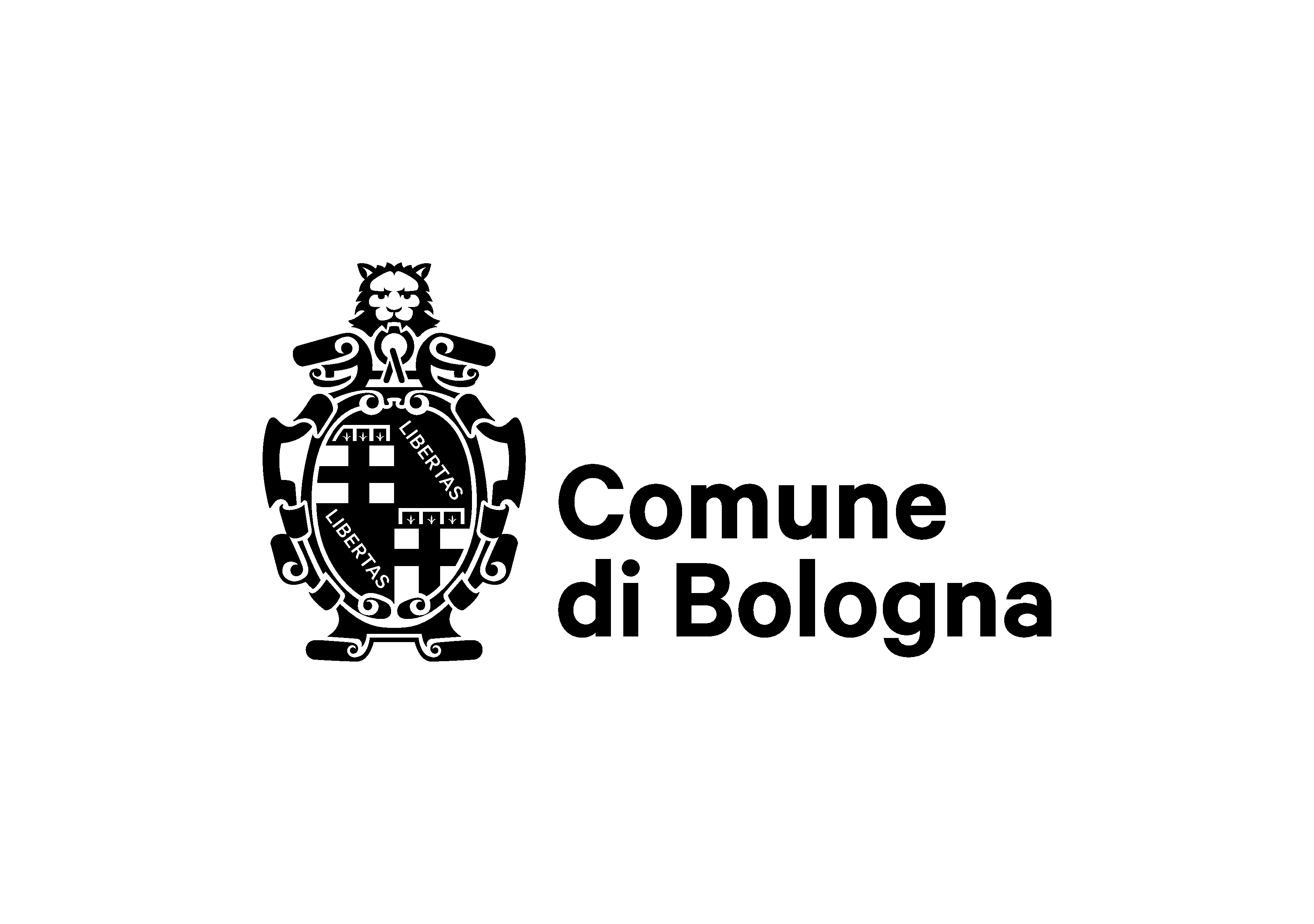Mathematical Bologna
Updated on 05 March 2020 From Comune di Bologna
The buildings of Bologna, like the chapters of a math book, reflect geometrical schemes, calculations, and tell characters’ stories. The monuments, churches and arcades preserve in their structures not only the professional knowledge of their builders, but also the everyday life of those who lived here in the past. A stroll in the city can offer the chance to retrace shapes, numbers and mathematical relations.
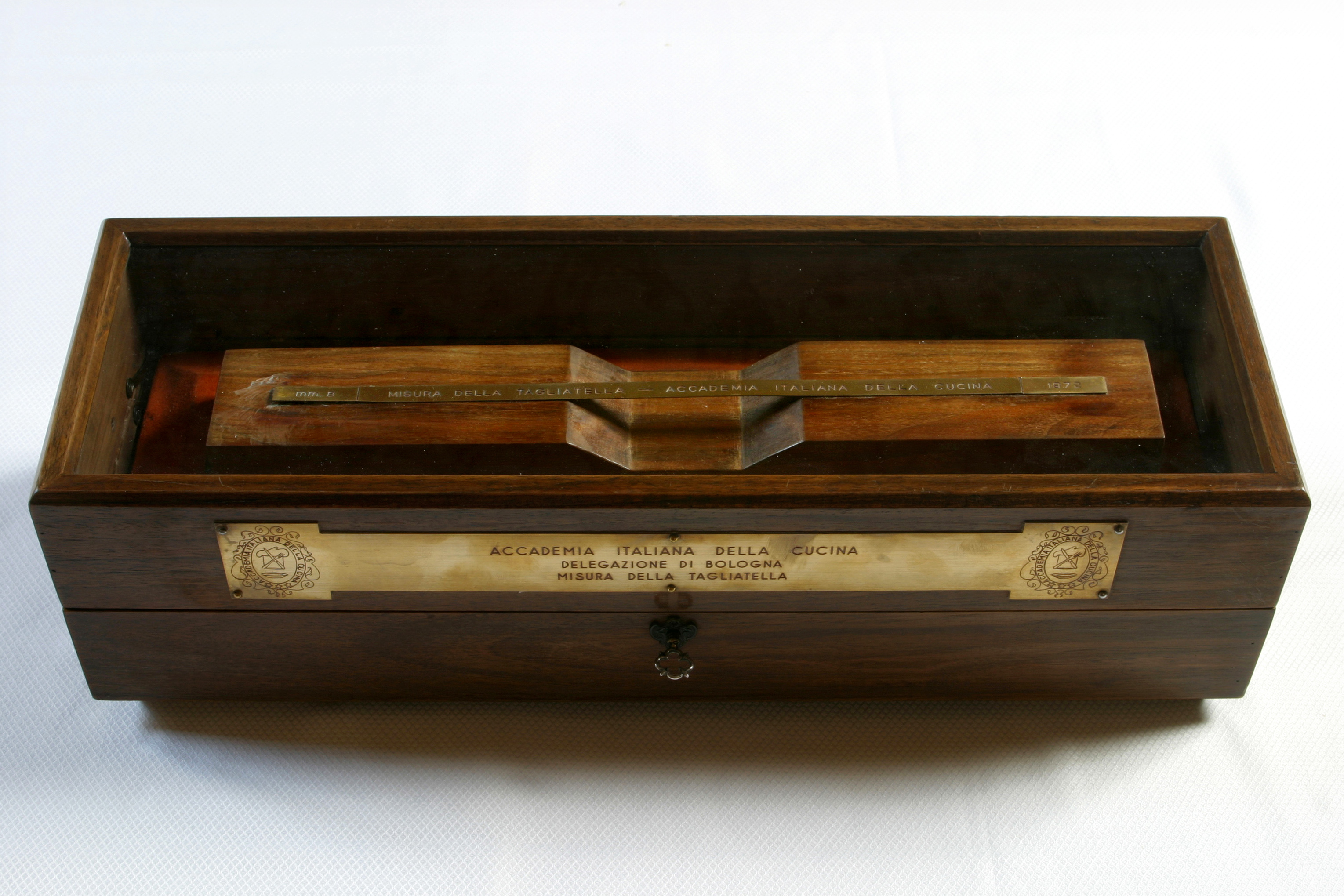
Let us start from the longest sundial in the world, traced in 1655 on San Petronio’s floor by Giovanni Domenico Cassini: its length equals the six hundred thousandth part of the earth’s meridian. The time is marked by a beam of light that draws an ellipse on the floor.
Remaining in Piazza Maggiore, at the foot of Palazzo d’Accursio, a marble headstone offers the chance to admire a collection of ancient units of measurement used in Bologna: the Bolognese feet, the standard length of the local metric system, about 38 cm; the rod (pertica) about 10 feet; the arm ,about 64 cm, and finally the double arm. Next to these, there are also models of a brick and a standard-dimension shingle.
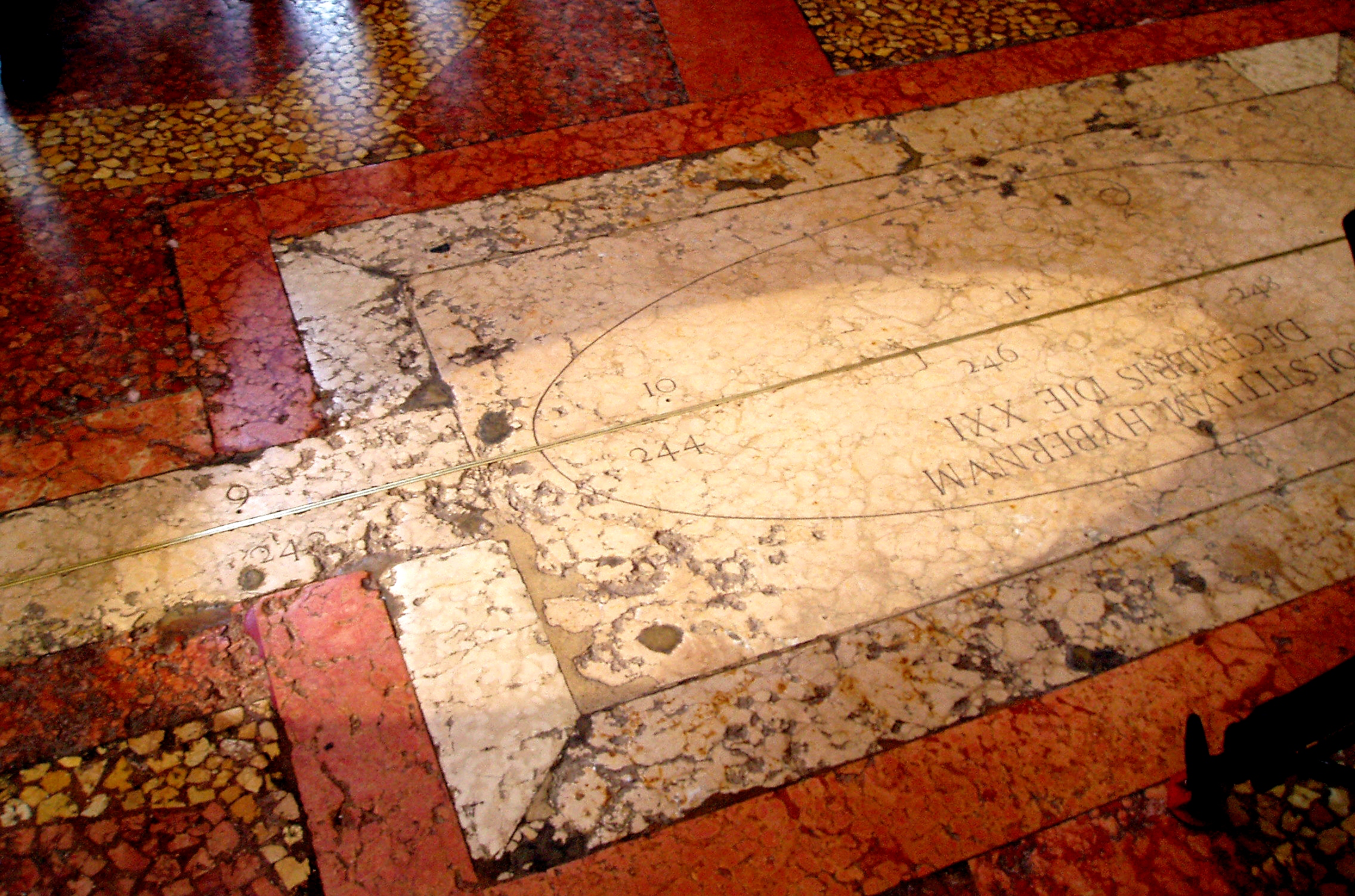
The arcade (Voltone) of Palazzo del Podestà has an amazing sound effect due to its elliptical structure: facing the corner of the arcade’s wall you can whisper words that will be clearly heard on the opposite corner.
The famous complex of the “Seven churches” rises in Piazza Santo Stefano. Actually, there are no seven churches to be properly visited, yet the name has a symbolic and sacral value, reflecting the mystical numerology present during the Middle Ages. The number seven can be repeatedly identified in the main architectural elements that make up the complex and in its intriguing geometrical motifs.
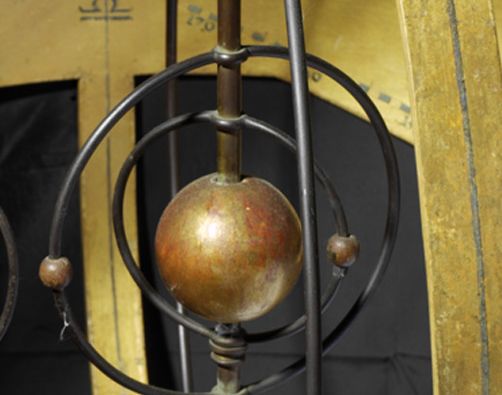
Not far from there, you can see the Asinelli Tower, the protagonist of a scientific experiment led by Giovanni Battista Guglielmini in 1791: he noticed that a weight moved about 17 mm with respect to the vertical line if dropped from the top of the tower. This was the first direct experimental test to prove the Earth’s rotation, more than fifty years before the very famous Foucault experiment.
Since 1972, a golden sample of the real Bolognese Tagliatella has been exposed inside Palazzo della Mercanzia, its width corresponding to the 12.270th part of the Asinelli Tower.
In Via Zamboni, inside Palazzo Poggi, for more than 200 years, the Observatory Tower (La Specola), has been hosting astronomers from all over the world, who came hither to observe the stars and the celestial phenomena, calculating and developing scientific theories. One of them was Giovanni Battista Guglielmini, the author of the first experiments carried out to prove the Earth’s rotation.
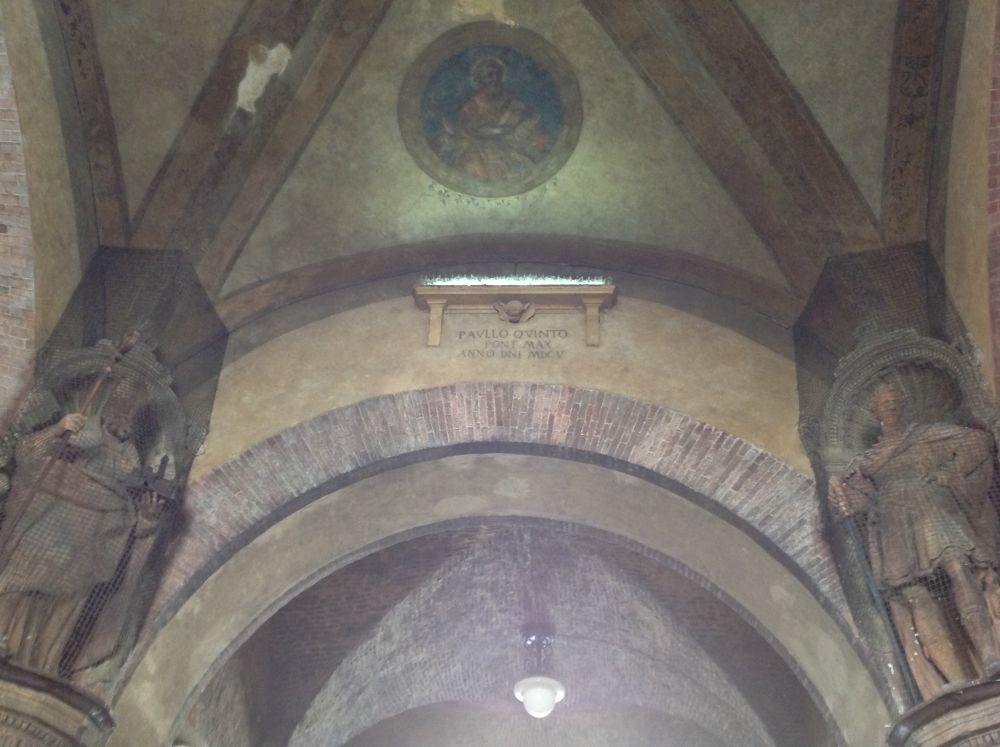
Finally, the Modern Art Museum of Bologna (MamBo), comes with an extraordinary exhibition, “1968. I – New perspectives”, dedicated to the Kinetic Art, a movement influenced by science, physics and technology.
Texts by Emanuela Ciotti. Download the brochure about Mathematical Bologna
